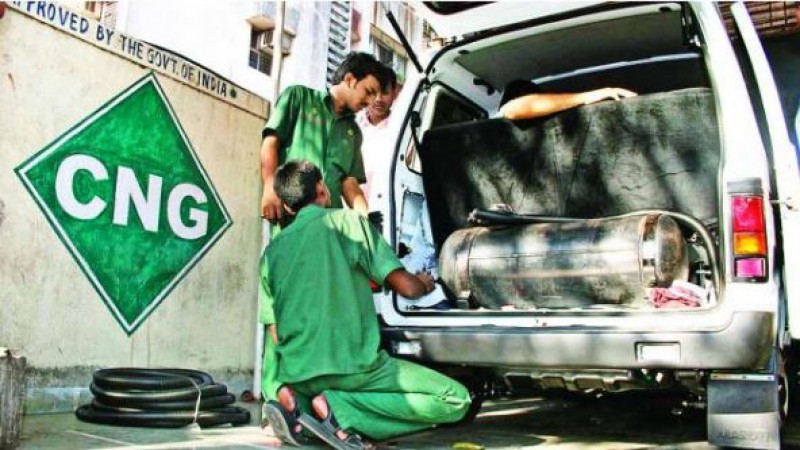
The Central government fixes bi-annually the prices of locally produced natural gas – which is converted to compressed natural Gas (CNG) for use in vehicles, piped into household kitchens for cooking and used to generate electricity and make fertiliser.
The government bi-annually fixes prices of locally produced natural gas -- which is converted into CNG for use in automobiles, piped to household kitchens for cooking and used to generate electricity and make fertilisers. Two different formulas govern rates paid for gas produced from legacy or old fields of national oil companies like ONGC and Oil India Ltd (OIL), and that for newer fields lying in difficult to tap areas such as deepsea.
The global rise in energy prices post Russia's invasion of Ukraine have led to rates of locally produced gas climbing to record levels - USD 8.57 per million British thermal unit for gas from legacy or old fields and USD 12.46 per mmBtu for gas from difficult fields. These rates are due to revision on April 1. Going by the current formula, prices of gas from legacy fields are slated to climb to USD 10.7 per mmBtu with minor changes in rates for gas from difficult fields, two sources with knowledge of the matter said. Rates of CNG and piped gas for kitchens have already jumped 70 per cent because of previous gas price hike and would climb further, if April 1 rate revision happens
Sources said the government had last year constituted a committee under the chairmanship of Kirit Parikh on revision of gas prices to balance both local consumer and producer interests, while at the same time furthering the objective of the country becoming a gas-based economy.
The ceiling price covers for producers’ cost of production, while protecting consumers especially CNG users, households using piped cooking gas and fertilizer plants who were grappling with rising input costs.
RBI likely to hike interest rates by 25 bps next month, say Experts